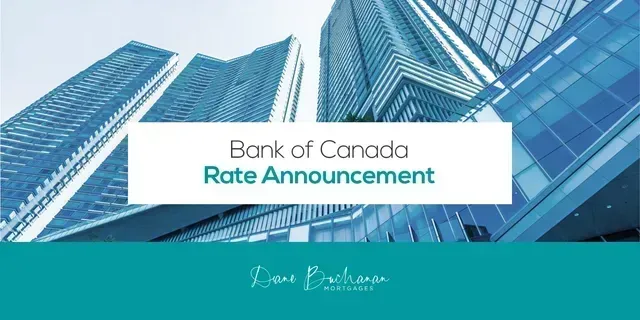How Does the Growth of Our Aging Population Affect Canadians?
According to the latest Statistics Canada’s 2016 census data released last month, Canadian seniors now outnumber children for the first time, with 5.9 million Canadian seniors compared to 5.8 million Canadians 14 years of age or younger. The number of Canadian seniors is expected to continue to grow because of the gains in life expectancy.
As the only financial institution in Canada working exclusively with seniors, we often conduct research studies to get direct insight into the behaviour of the Canadian aging population. HomEquity Bank’s latest research study (May 2017), The Home Stretch: A review of debt and home ownership among Canadian seniors indicated that 91% of Canadians over 65 prefer staying in their home throughout retirement, however 78% have savings and investments, and only 40% of those have less than $100,000 set aside.
What does this mean for aging Canadians?
Canadian seniors are getting more comfortable with their debt, with many financing their lifestyle with debt. In this study by HomEquity Bank using Equifax data, it shows that among Canadian seniors, 15% still carry a mortgage, 30% carry unsecured lines of credit (LOC) and 10% have a home equity line of credit (HELOC). The total debt average for seniors is $29,973, which translates to $15,493 per Canadian senior.
On a geographical basis, British Columbia has the highest debt balance for seniors with an average of $41,054 per person compared to the national average of $29,973. This is due primarily to a higher mortgage debt. On average mortgage debt per senior mortgage holder in B.C. is $128,338 compared with the national average of $95,737, with 17.7% of the senior population in B.C. still holding a mortgage.
Moreover, Canadian seniors now rely heavily on government and other retirement benefits during their retirement.
– 77% rely on the Canada Pension Plan as their primary expected source of income;
– 73% rely on Old Age Security; whereas only
– 57% are drawing upon their RRSPs;
– 48% have a work pension; and
– 48% have savings
How can a CHIP Reverse Mortgage help?
The growing senior demographic in Canada prefers to age in place in the comfort of their home, despite their limited savings for retirement. The CHIP Reverse Mortgage from HomEquity Bank, provides a way for Canadians aged 55+ to unlock the value of equity in their home. Seniors can consolidate their existing debt and finance their retirement while continually protecting a portion of that equity, and they can help relieve the financial burden on their children.
Unlike a loan or conventional mortgage, the CHIP Reverse Mortgage from HomEquity Bank does not require any monthly mortgage payments, not even interest payments, and is only repaid once the homeowner(s) no longer live(s) in the home (when they move, sell or pass away). A reverse mortgage is a great solution that provides access to tax-free cash when Canadians need it the most and best of all, they get to remain in their memory filled homes for the remainder of their lives.
To read the complete HomEquity Bank and Equifax study on Debt and Homeownership from May 2017, click here.
For more info, contact your Dominion Lending Centres mortgage specialist.
This article was written by HomEquity Bank – Senior Vice President, Marketing and Sales Yvonne Ziomecki. It was originally published here on June 6, 2017




